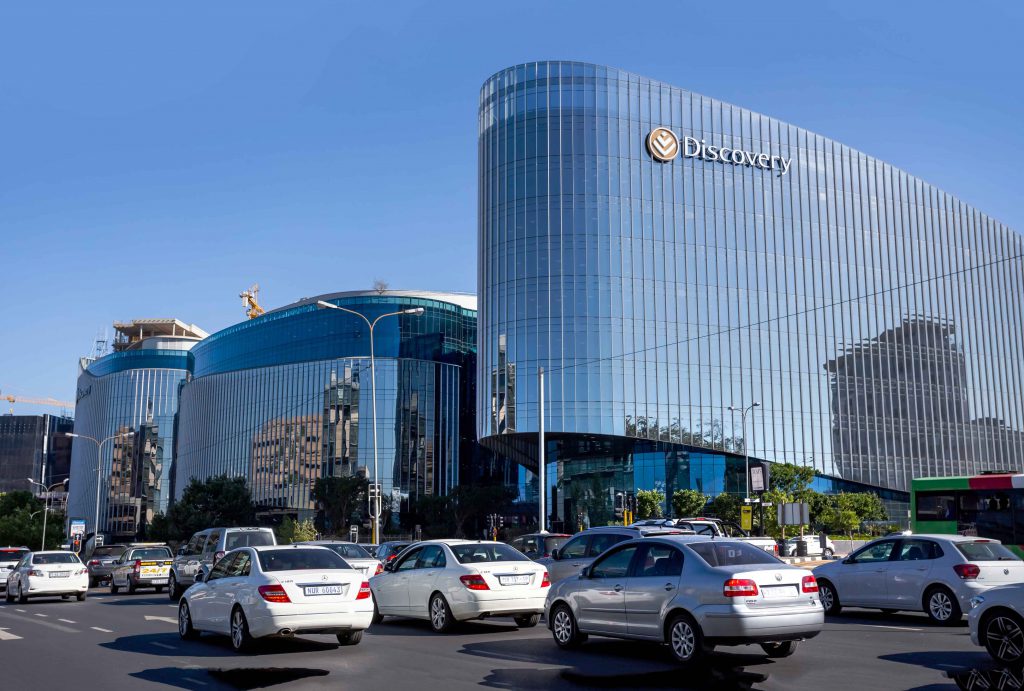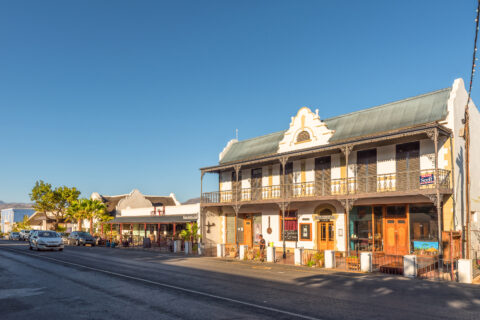Financial Mail Travel
Surprisingly Sandton
The first residents of Sandton – around 30 000 years ago – were Stone-Agers, presumably filling their days by hunting and foraging. They settled on the granite outcrops of Lonehill, Witkoppen and Norscot Koppies with no idea that skyscrapers would one day take over the landscape.
In 1926, Johannesburg celebrated its 40th birthday. It was hailed as a world city with a sophisticated CBD. In the decades that followed, the influx of investment into Jo’burg made it the prime location for doing business. Then someone decided to build a mall and office tower in a veld in an unknown suburb called Sandton. What was once known as the mink-and-manure-belt, due to the “horsey” lifestyle of its residents, quickly became a sought-after postcode for businesses to call home.
According to Miriam Maina, PhD candidate at the School of Architecture and Planning, University of the Witwatersrand, “the first town council faced some opposition from residents who viewed plans to create and develop a CBD in Sandton as having potential to compromise the area’s character. Planners at the time sought to assure residents that the CBD would be compact, contained, traffic-free, and pedestrian-friendly, and would pursue some form of good densification that would
maintain the character of the area.”
In the late 1960s, developers Rapp & Maister took the first step towards transforming Sandton into a business district that could contend on a worldwide platform. They started groundwork on Sandton City in the early 1970s and opened for trade in 1974. The threat to Jo’burg’s CBD turned out to be real and marked the beginning of the end for the lively inner city. Forty-odd years later, Sandton (now incorporating Parkmore, Morningside, Sandhurst, Chislehurston, Wierda Valley, Atholl, Simba and Barlow Park) is still going strong, with a total 2 053 288 square metres of built office space, of which 1 649 227 square metres is occupied. According to William Harris of the data-powerhouse Gmaven, if the average office occupancy is 15 square metres per person, we’re looking at an estimated 110 000 office workers commuting to and from the Sandton CBD daily.
Fintech entrepreneur and strategy consultant Alexander Forsyth-Thompson says Sandton is a gem of a destination, “you have these little pockets of trendy brilliance in Jo’burg and Sandton is one of them. I think people feed off each other’s buzz here. The big companies are all here – and everyone’s so driven – the subculture of entrepreneurs with small businesses and start-ups feed off of that.”
Forsyth-Thompson adds that, “if you’re willing to work at it”, start-ups flourish here, thanks to “exceptional network opportunities”. You just have to be seen at the right places and talk to the right people, he says. And the evidence is all around, most overtly in the proliferation of “new buildings that are popping up all the time”.
Speaking of new buildings, the Growthpoint building that Discovery rents for roughly R23-million a month springs to mind. Its head office stands out in the Sandton skyline like a shiny new engagement ring with its five-star rating from the Green Building Council of South Africa (GBCSA). In such a densely populated city-within-a-city, green initiatives matter, and the developers included optimally-designed energy-efficient lighting, grey and rainwater harvesting systems, carbon monoxide monitoring in the basement and the sparkling, curved façade draws in light, which is critical to heat control. Green building is the future and many others, like the Sasol and Discovery head offices, are seen as the “largest green building developments in Africa,” says Maina. The mixed-use precinct that combines city living with the benefits of suburban life, Sandton Gate, is directly adjacent to the Braamfontein Spruit, one of Jo’burg’s longest natural greenbelts, which offers enormous advantages for sustainable urban development.
There is still some work to do as the node faces many issues that go against the green vein. One of the main challenges currently facing the node is traffic congestion – this would have to be addressed to ensure long-term sustainability in the district. More recently, investments in public transport infrastructure and integration systems, bringing together the Gautrain, the BRT and potentially, taxis, also have the potential to improve linkage at a metropolitan level and beyond, hopefully encouraging reduced reliance on cars, says Maina.
With seriously big operators – Investec, the IDC, the JSE, Webber Wentzel, PRIMEDIA, IBM, EY and the like – entrenched in Sandton, it is no wonder that we think of the area as an all-work-no-play-precinct. But the perception is wrong. Entrepreneurs who experience Sandton daily say it’s incredibly social, too.
“Sandton has some great restaurants, bars and pubs where you can go to relax,” says Forsyth-Thompson. “We also play a lot of golf, because we have so many clubs around the edges of Sandton. The cycling culture is also massive here.” Grant Silverman, marketing and leasing director at Abland agrees: “Cycling at the spruit, which sits right at the entrance of Sandton Gate Precinct, is very popular. People love the green spaces dotted around Sandton.”
For a bit of glitz, head out to rub shoulders with the business crowd and have a drink at one of the swanky hotel bars dotted around town – the view from the San Deck at Sandton Sun will show off a glittering Sandton and is a favourite among the local crowd. The high-voltage smiles all around the restaurants at The Marc, the R2.6-billion development completed in March, will draw you in and show you how to mix this cocktail of work, play, networking and buzz.






 Sign-up and receive the Business Media MAGS newsletter OR SA Mining newsletter straight to your inbox.
Sign-up and receive the Business Media MAGS newsletter OR SA Mining newsletter straight to your inbox.